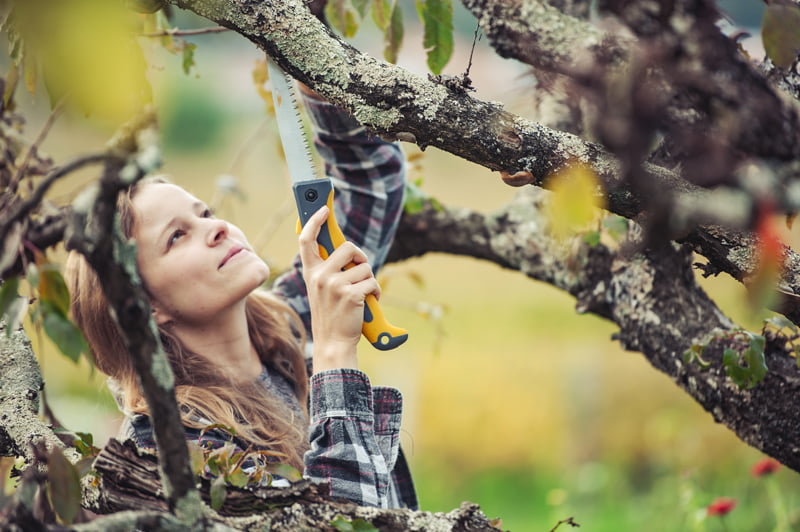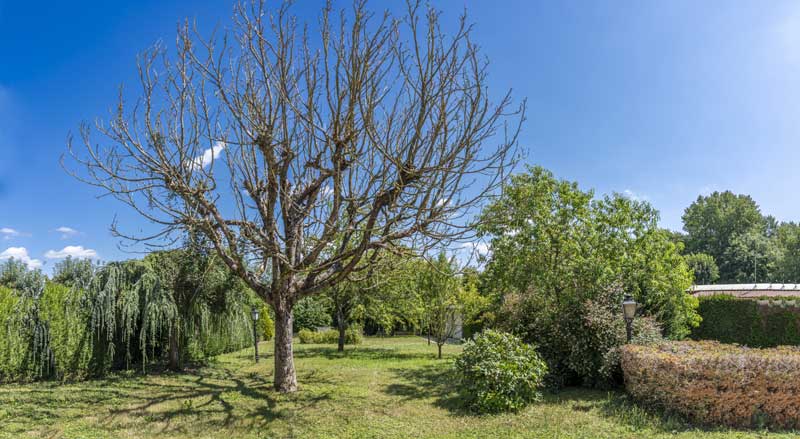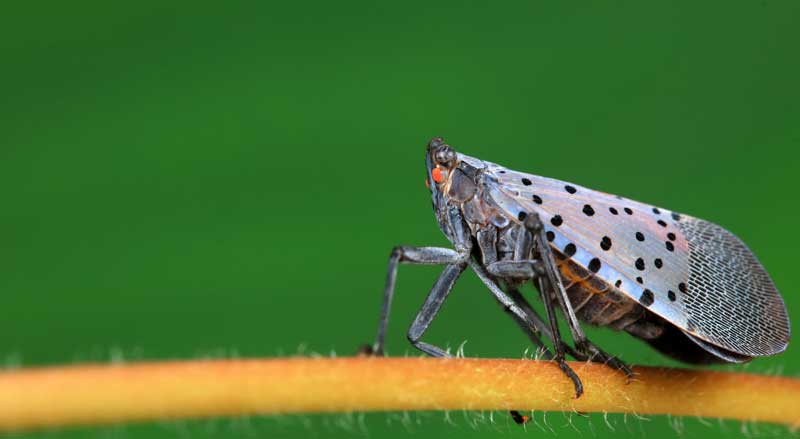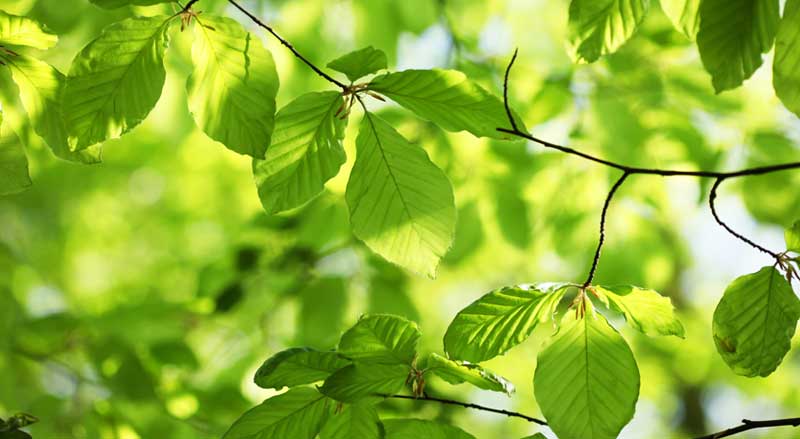Properly pruning your trees offers many benefits. That’s why as a homeowner, it’s important to understand how and when to trim them. Knowing tree trimming basics will help guide the process, whether you decide to go-it-alone or seek professional help. It will also promote beautiful, healthy, and safe trees throughout your landscape.
The Importance of Trimming Your Trees
There are a few big reasons for keeping your trees trimmed and under control. They include – protecting its beauty, promoting new growth, and the safety of your property.
Protecting Your Tree’s Beauty
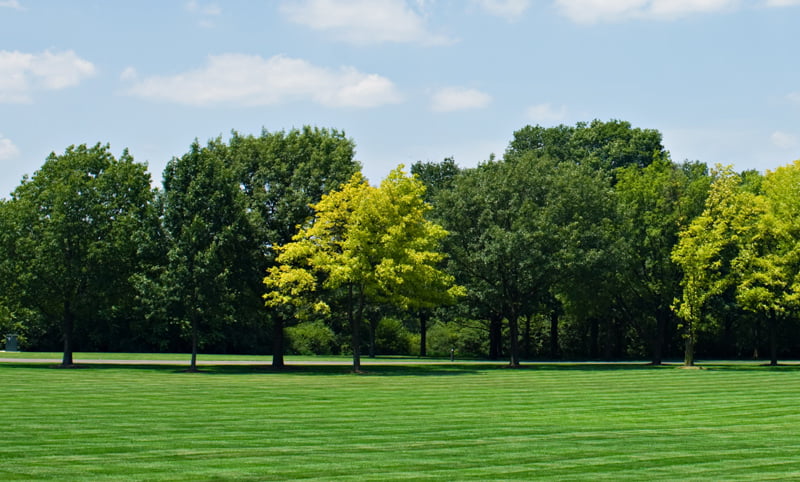
Trimming your tree will promote its aesthetic appeal because it encourages new growth. It also allows for flowering and fruit trees to germinate and prosper. Whether you like a pyramidal, columnar, round or oval look to your trees, you can enhance their beauty by giving them a good trim.
Pruning your trees with some consistency will help forge a shape that works with your landscape design.
Promote Healthy Trees
As your trees grow, limbs will begin to die or may even face disease. By utilizing tree trimming basics, you will promote health and new growth. When the limb of a tree is dying, the tree will begin to send most of its nutrients and water to the affected area.
This is the tree’s way of attempting to revive itself. Instead of allowing all the available food and water to go to the dying part of the tree, you can remove the diseased areas. This creates a healthier tree with sustainability.
Keeping Your Property Safe
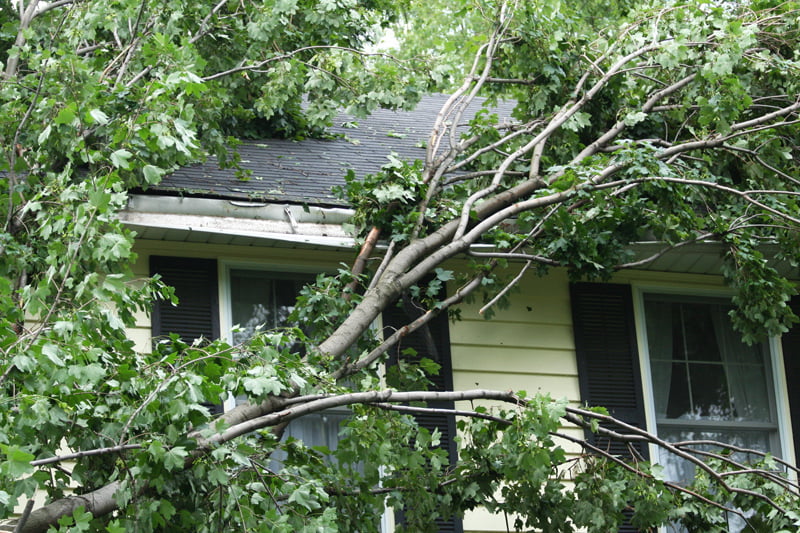
Letting your tree become unruly can be a big mistake. Maintain your tree’s spread so that it doesn’t grow in a way that puts people or your home in danger. Look for trees on your property that are near power-lines, structures, or walkways. Assess them periodically for overgrowth, broken limbs, and infestation.
When is it Time to Trim My Tree
Typically, you should trim your tree once a year. The only exception is when your tree is a danger to the surrounding environment. The most ideal time to trim a healthy tree is during the late fall to winter when it’s dormant. During dormancy, a tree will experience less stress when trimmed. It will also lose less sap. This will help promote new growth in the Spring.
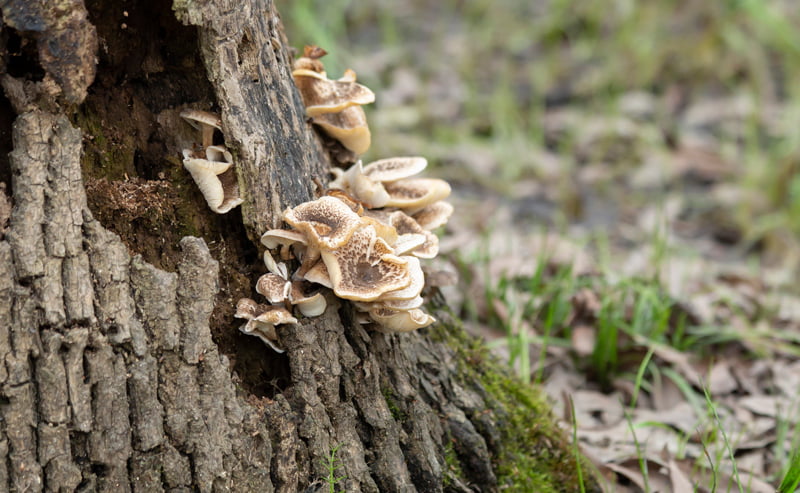
Another reason to trim during dormancy is fungi. Fungi and insects can easily get into the fresh cuts of a newly trimmed tree and harm it. During the colder seasons of the year, fungi and insects are less likely to be present and thriving.
Therefore, they won’t negatively affect the newly exposed areas of the tree. Some species of trees have more specific timing for when they need trimming. If you are uncertain of when the ideal time to trim your tree is, contact a professional.
How Much Pruning is Too Much?
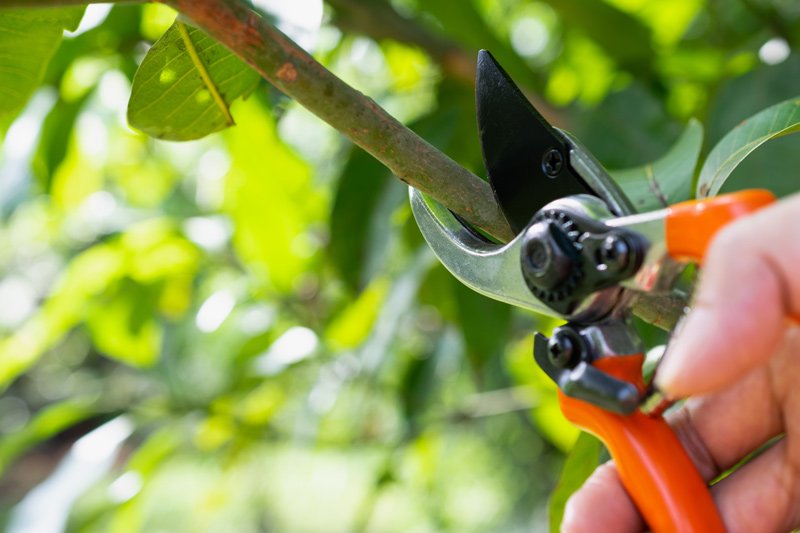
When you’re pruning a tree, the typical thought process should be:
The less you trim the more you get out of it.
Pruning too much off a tree will only hinder its appearance and health. That’s why you should use the 1/3 and ¼ rule for pruning. This will ensure that you are not harming the areas where the tree gets its energy. Not following this rule properly may cause fatal damage to your tree.
For more information about tree trimming for your New Jersey landscape, contact us. We will assess your tree’s structure, age, and species to create an ideal pruning regime dedicated to beauty and health.

